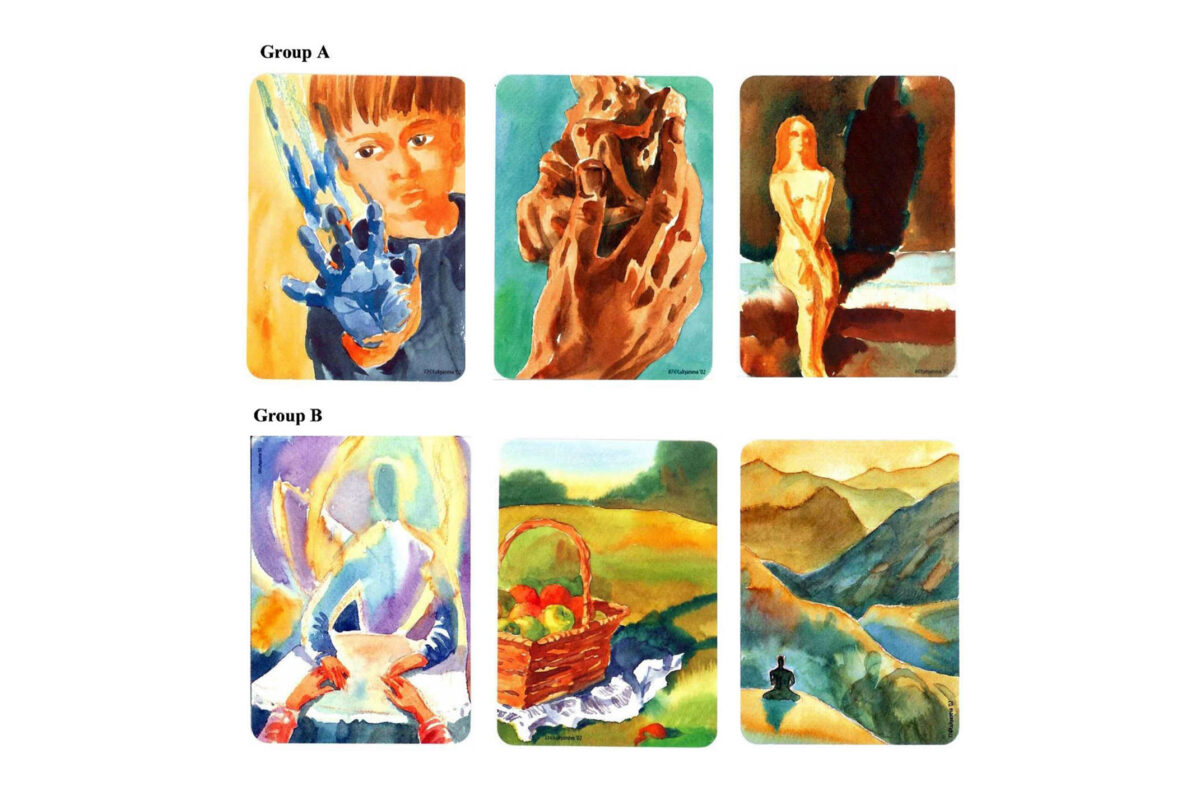
Associative cards for psychotherapeutic PTSD treatment
Physiological indicators of emotional arousal related to ANS activity in response to associative cards for psychotherapeutic PTSD treatment
By Sivan Raz and Mooli Lahad
SEE FAR CBT is an integrative treatment protocol for PTSD and anxiety disorders which combines CBT, body-mind (somatic experience) and imagery-based (fantastic reality; FR) methods. FR is introduced using associative therapeutic cards (COPE cards) to represent both “a pleasant/safe place” and the re-narrating process of the traumatic story. Although some preliminary evidence exists regarding the impact of COPE cards integration in psychotherapy, further validation is needed as to whether these cards can induce distinct arousal-affective states in the observer. The aim of this study was to examine whether exposure to COPE cards evoke different emotional- psychophysiological states using objective physiological measures reflecting autonomic nervous system responses; hence, to further validate its use as a potentially effective tool within the context of SEE FAR CBT therapeutic process. Ninety-five healthy under-graduate participants were first exposed to high-arousal, negatively-valenced cards and asked to put themselves in a state of emotional/physical arousal. Afterwards, they were exposed to low-arousal, positively-valenced cards and were asked to try to calm and relax to the best of their ability. Heart rate, blood pressure and heart rate variability (HRV) were measured at baseline, at the arousal phase and finally at the relaxation phase. It was found that exposure to arousing negative cards resulted in significant increase in blood pressure and a decrease in HRV, while exposure to relaxing positive cards resulted in significant decrease in blood pressure and an increase in HRV. These findings support the efficacy and utility of associative COPE cards in affecting psychophysiological arousal.
